Durée de vie du moule
- 2024-10-29
La durée de vie du moule fait référence au nombre de pièces pouvant être formées tout en garantissant la qualité des pièces. Il comprend un affûtage répété et le remplacement des pièces vulnérables jusqu'à ce que la partie principale du moule soit remplacée, ce qui donne lieu à la formation d'un total de pièces qualifiées.
2 Durée de vie normale du moule
La défaillance des moules est divisée en défaillance anormale et défaillance normale. La défaillance anormale (défaillance précoce) fait référence à l'incapacité d'un moule à être mis en service avant qu'il n'atteigne une durée de vie reconnue à un certain niveau industriel. Les premières formes de défaillance comprennent la déformation plastique, la fracture et une usure localisée sévère. Une défaillance normale fait référence à l'incapacité des moules à continuer de fonctionner en raison d'une lente déformation plastique, d'une usure uniforme ou d'une fracture par fatigue après une production et une utilisation à grande échelle.
Le nombre de produits qualifiés fabriqués avant la défaillance normale du moule est appelé durée de vie normale du moule, en abrégé durée de vie du moule. Le nombre de produits qualifiés fabriqués avant la première réparation du moule est appelé première vie ; Le nombre de produits qualifiés fabriqués d’une réparation d’un moule à la réparation suivante est appelé durée de vie de réparation du moule. La durée de vie d'un moule est la somme de sa durée de vie initiale et de la durée de vie de chaque réparation ultérieure.
La durée de vie d'un moule est liée à sa forme et à sa structure, et fait référence aux propriétés des matériaux, à la conception et au niveau de fabrication du moule pendant une certaine période de temps. Une réflexion complète du niveau de traitement thermique, d’utilisation et d’entretien des moules. La durée de vie des moules reflète dans une certaine mesure le niveau des industries de fabrication métallurgique et mécanique dans une région ou un pays.
Il existe de nombreux types de moules avec des différences significatives en termes de conditions de travail et de pièces endommagées, mais les modes de défaillance peuvent être grossièrement résumés en trois types : l'usure, la fracture et la déformation plastique.
(1) Défaillance due à l'usure
Lorsque le moule est en service, il entre en contact avec la billette formée et génère un mouvement relatif. Le phénomène de perte progressive de matière sur une surface de contact en raison du mouvement relatif de la surface est appelé usure.
(2) Échec de fracture
Lorsque le moule présente de grandes fissures ou se sépare en deux ou plusieurs parties et perd sa capacité de service, il s'agit d'une rupture par fracture. La fracture peut être divisée en fracture plastique et fracture fragile. Les matériaux du moule sont principalement de l'acier à résistance moyenne à élevée, et la forme de rupture est principalement une fracture fragile. La fracture fragile peut être divisée en fracture ponctuelle et fracture de fatigue.
(3) Défaillance de déformation plastique
Les moules en plastique subissent des contraintes importantes et inégales pendant le service. Lorsque la contrainte dans une certaine partie du moule dépasse la limite d'élasticité du matériau du moule à cette température, une déformation plastique se produit par glissement du réseau, jumelage, glissement des joints de grains, etc., modifiant la forme ou la taille géométrique, et ne peut pas être réparée. avant le service, ce que l'on appelle une rupture par déformation plastique. Les modes de défaillance de la déformation plastique comprennent le bouleversement, la flexion, l'expansion de la cavité, l'effondrement, etc.
La déformation plastique d'un moule est le processus d'élasticité du matériau métallique utilisé dans le moule. La déformation plastique est principalement déterminée par la charge mécanique et la résistance du moule à température ambiante. L'apparition d'une déformation plastique dans les moules servant à des températures élevées dépend principalement de la température de travail du moule et de la résistance à haute température du matériau du moule.
(1) L'influence de la structure du moule
La structure du moule a un impact significatif sur l’état de contrainte du moule. Une structure de moule raisonnable peut garantir que le moule est uniformément sollicité pendant le fonctionnement, moins sujet aux charges excentriques et moins de concentration de contraintes. Il existe de nombreux types de moules, avec des différences significatives de forme et d'environnements de travail,
(2) L'influence des conditions de travail des moisissures
1) Matériau et température des pièces formées
① Les matériaux utilisés pour former les pièces comprennent le métal et le non-métal. De manière générale, les matériaux non métalliques ont une faible résistance, nécessitent moins de force de formage, exercent moins de contraintes sur le moule et ont une durée de vie plus longue. Par conséquent, la durée de vie des moules de formage de métaux est inférieure à celle des moules de formage non métalliques.
② Lors du formage de pièces à haute température, le moule s'échauffe en raison de la chaleur qu'il reçoit. À mesure que la température augmente, la résistance du moule diminue, ce qui le rend sujet à la déformation plastique. Dans le même temps, il existe une différence de température significative entre la surface du moule en contact avec la pièce et la surface sans contact, ce qui provoque une contrainte thermique dans le moule.
2) Caractéristiques des équipements
① La précision et la rigidité de l'équipement sont assurées par la force du moule formant la pièce. Pendant le processus de formage, l’équipement subira une déformation élastique en raison de la force appliquée.
② La force exercée par l'équipement de vitesse sur le moule et la pièce augmente progressivement au fil du temps, et la vitesse de l'équipement affecte le processus d'application de la force. Plus la vitesse de l'équipement est élevée, plus la force d'impact sur le moule par unité de temps est élevée (impact élevé) ; Plus le temps est court, moins il faut de temps pour que l'énergie d'impact soit transmise et libérée, ce qui facilite sa concentration locale, ce qui entraîne des contraintes locales dépassant la limite d'élasticité ou la résistance à la rupture du matériau du moule. Par conséquent, plus la vitesse de l’équipement est élevée, plus le moule est susceptible de se briser ou de se déformer par déformation plastique.
3) Lubrification
La lubrification de la surface de mouvement relatif entre le moule et la billette peut réduire le contact direct entre le moule et la billette, diminuer l'usure et réduire la force de formage. Dans le même temps, les lubrifiants peuvent également entraver dans une certaine mesure le transfert de chaleur de la billette au moule, réduire la température du moule et être bénéfiques pour améliorer la durée de vie du moule.
(3) L'influence des propriétés des matériaux du moule
Les performances des matériaux des moules ont un impact significatif sur la durée de vie des moules, notamment la résistance, la ténacité aux chocs, la résistance à l'usure, la résistance à la corrosion, la dureté, la stabilité thermique et la résistance à la fatigue thermique.
(4) L'impact du processus de fabrication des moules
1) Lors du forgeage du module, la différence de température entre l'intérieur et l'extérieur provoquée par le chauffage et le refroidissement du module générera une contrainte thermique ; Une mauvaise sélection des paramètres techniques lors de processus tels que le refoulement, le poinçonnage et l'expansion des trous peut facilement conduire à la fissuration de l'ébauche de forgeage. De plus, lorsque le taux de forgeage dépasse une certaine valeur, les propriétés mécaniques transversales diminuent fortement du fait de la formation de tissu fibreux, conduisant à une anisotropie.
2) Lors de l'usinage électrique des moules, des couches de détérioration à différents degrés peuvent apparaître. De plus, en raison du chauffage et du refroidissement soudains locaux, des contraintes résiduelles et des fissures se forment facilement.
3) Traitement thermique des moules
Le traitement thermique du moule est organisé après le forgeage du module et l'usinage grossier, et constitue presque le processus final du traitement du moule. La sélection des matériaux des moules et la détermination des procédés de traitement thermique ont un impact significatif sur les performances des moules.
(1) Objectif : Maintenir des performances optimales et prolonger la durée de vie de l’équipement, assurant ainsi une production normale.
(2) Champ d’application : Convient à la réparation et à l’entretien des moules.
(3) Inspection et entretien réguliers : un entretien et une inspection réguliers doivent être effectués par le personnel de réparation des moules et le personnel des moules supérieurs et inférieurs.
(4) La méthode de nettoyage électrolytique par ultrasons a un meilleur effet de nettoyage sur les moules traités. Lors du nettoyage, il joue également un rôle dans la prévention de la rouille
1. Inspection et entretien de routine quotidiens :
Le moule fonctionne-t-il dans des conditions normales
un. Existe-t-il une protection de verrouillage basse tension ? b. Si les pièces actives telles que les poteaux de guidage, les tiges supérieures et les rangées sont usées et lubrifiées correctement. Il est nécessaire de faire le plein au moins une fois toutes les 12 heures, et pour les structures spéciales, la fréquence de ravitaillement doit être augmentée. c. Les vis et les clips de verrouillage du gabarit fixe du moule sont-ils desserrés ?
1.2 Conditions normales de production : Vérifiez si les défauts du produit sont liés au moule ;
1.3 Lors du démontage, une inspection complète du moule doit être effectuée et un traitement antirouille doit être effectué : essuyez l'humidité dans la cavité du moule, le noyau, le mécanisme d'éjection et la position de la rangée, et pulvérisez un inhibiteur de rouille du moule ou appliquez du beurre.
1.4 Le moule après avoir été retiré de la machine doit être placé à l'emplacement désigné et enregistré :
un. État du moule : intact ou à réparer. b. La méthode de traitement antirouille lors de la fabrication du moule.
2. Inspections de routine trimestrielles :
Principalement pour nettoyer et entretenir les moules qui n’ont pas été utilisés depuis plus de deux mois.
2.1 Ouvrez le moule et vérifiez l'effet antirouille interne. En cas de situations anormales, un traitement antirouille doit être refait. Les moules qui ne sont pas utilisés pendant une longue période doivent être enduits de beurre.
2.2 Revenez à sa position d'origine et effectuez des enregistrements.
Le moule est l’équipement de base pour la production industrielle mécanique et un outil indispensable dans la production de produits industriels. Les performances des moules en acier pour moules nécessitent une supervision stricte du processus de production, et les matières premières pour la production de moules doivent également être strictement contrôlées pour éviter une défaillance précoce, des fissures liées au traitement thermique et d'autres défauts causés par des problèmes de matériaux.
Le contrôle des matières premières pour les moules s'effectue sous les aspects suivants :
1. Macro-inspection
La composition chimique est déterminante pour garantir les performances de l’acier, mais une composition qualifiée ne peut expliquer pleinement les performances de l’acier. En raison de l'irrégularité de la structure interne et de la composition de l'acier, l'inspection macroscopique complète largement cette lacune. Les tests macroscopiques peuvent observer la cristallisation de l'acier, la rupture de la continuité de l'acier et la non-uniformité de certains composants. Huit défauts macroscopiques courants : ségrégation, porosité, inclusions, retrait, bulles, taches blanches, fissures et plis.
2. Évaluation du tissu recuit
Le recuit a pour but de réduire la dureté de l'acier, de faciliter l'usinage et également de préparer la structure pour un traitement thermique ultérieur.
3. Non-uniformité des carbures
L'acier martensitique de type Cr12 contient une grande quantité de carbures eutectiques dans sa microstructure, et l'irrégularité des carbures a un impact très important sur ses performances. Un contrôle strict doit donc être exercé sur la distribution des carbures.
En résumé, en raison de la complexité des objets de production dans les usines et ateliers de moules, et du fait qu'il s'agit pour la plupart de pièces uniques ou de petits lots, cela entraîne certaines difficultés dans la formulation et la gestion des quotas de production de moules. De plus, les méthodes de production, les équipements et les qualités techniques de chaque usine et atelier ne sont pas les mêmes. Par conséquent, lors de la formulation des quotas, il est nécessaire de trouver des méthodes appropriées pour développer des quotas d'heures de travail avancés et raisonnables, basés sur la situation réelle de l'usine et de l'atelier, afin d'améliorer la productivité du travail.
-
ÉTIQUETER:
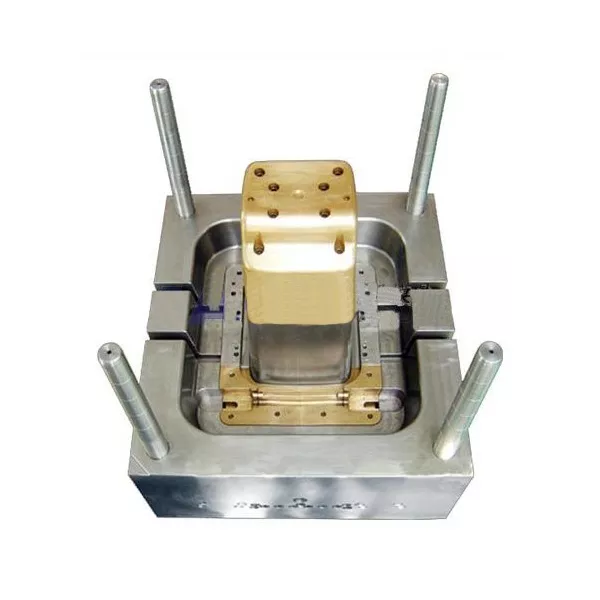
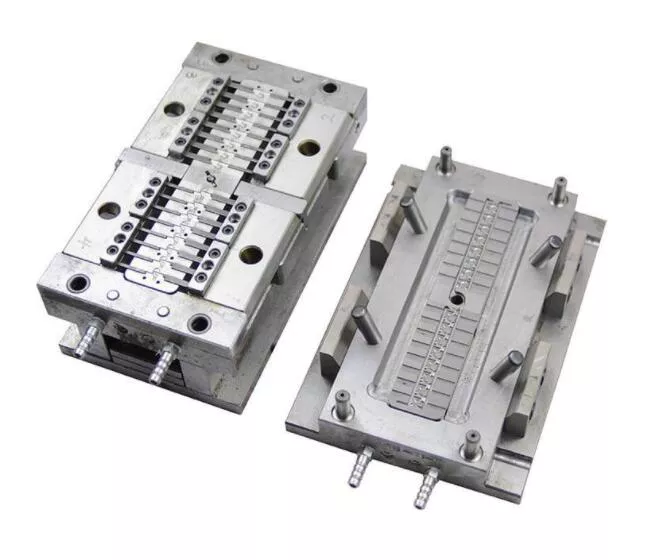
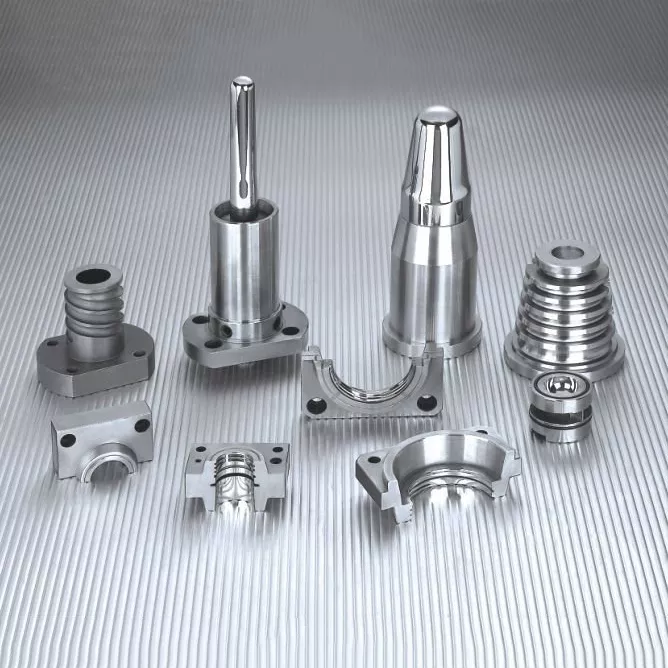
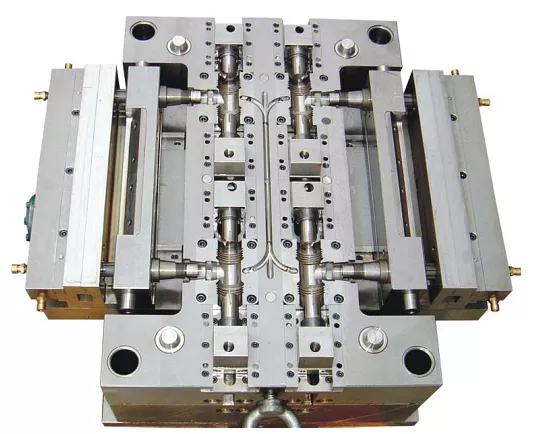
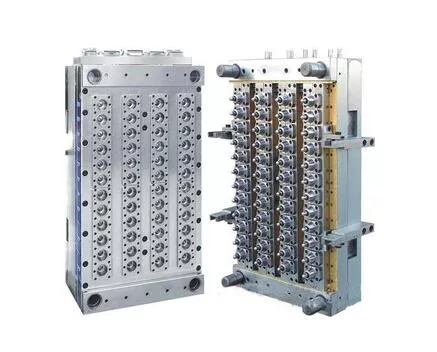

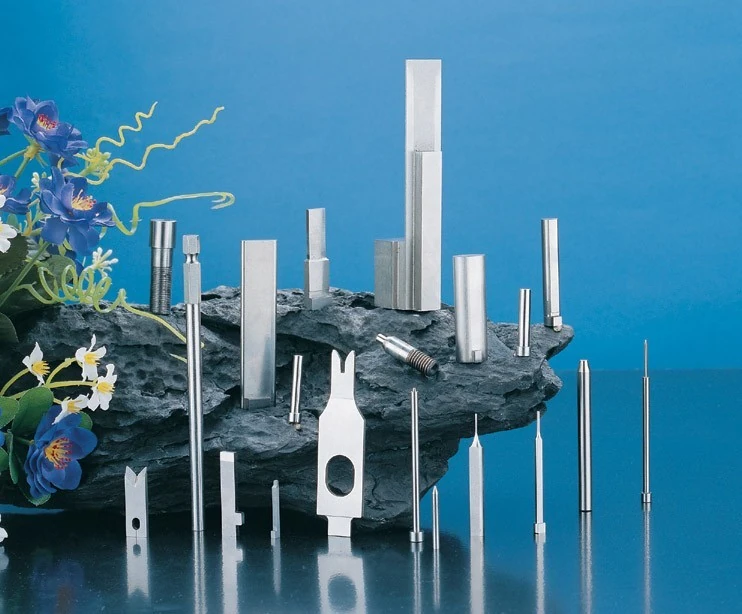
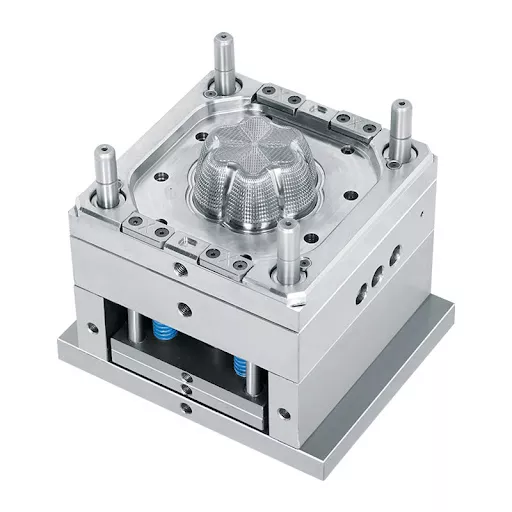
Envoyer une demande maintenant